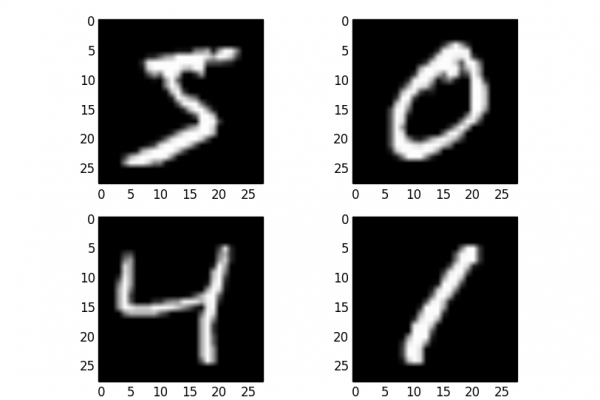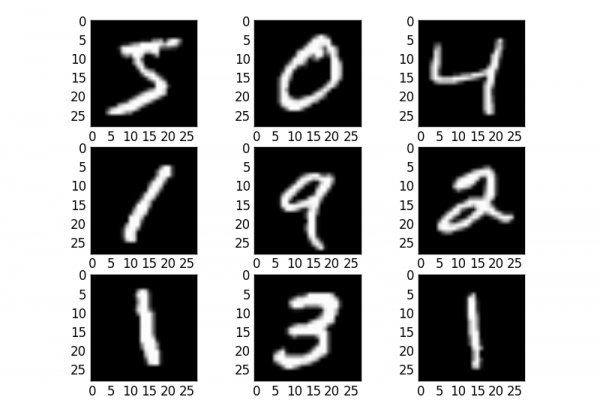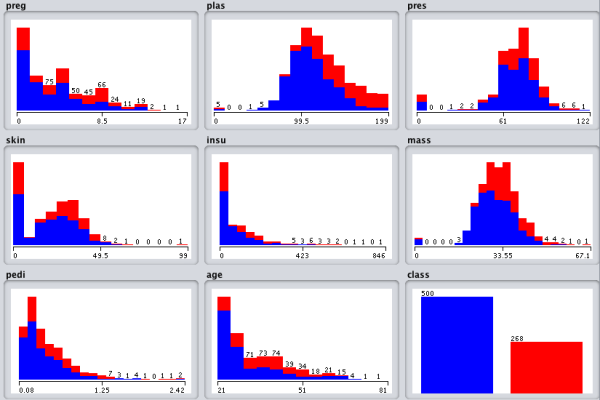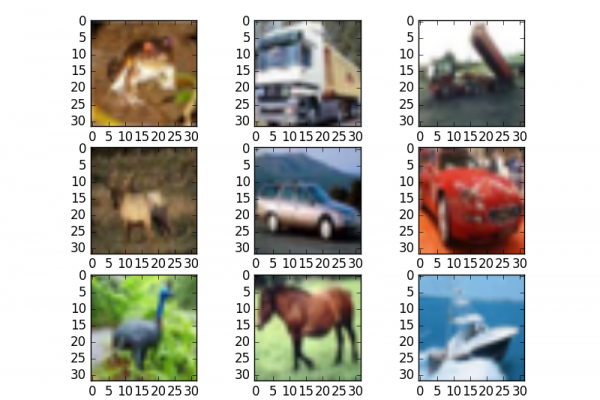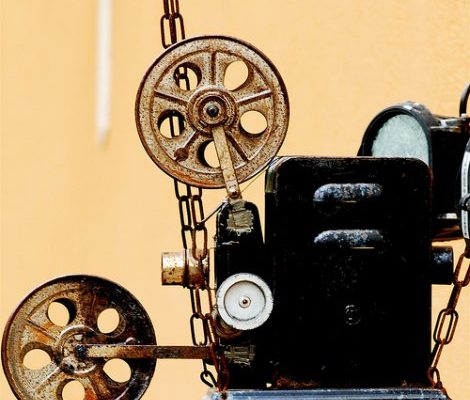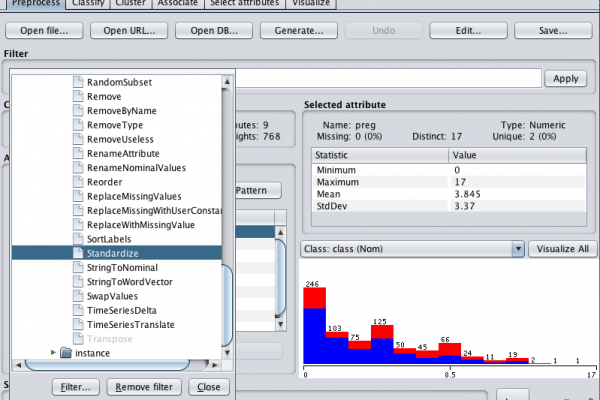Using Learning Rate Schedules for Deep Learning Models in Python with Keras
Last Updated on August 27, 2020 Training a neural network or large deep learning model is a difficult optimization task. The classical algorithm to train neural networks is called stochastic gradient descent. It has been well established that you can achieve increased performance and faster training on some problems by using a learning rate that changes during training. In this post you will discover how you can use different learning rate schedules for your neural network models in Python using […]
Read more


